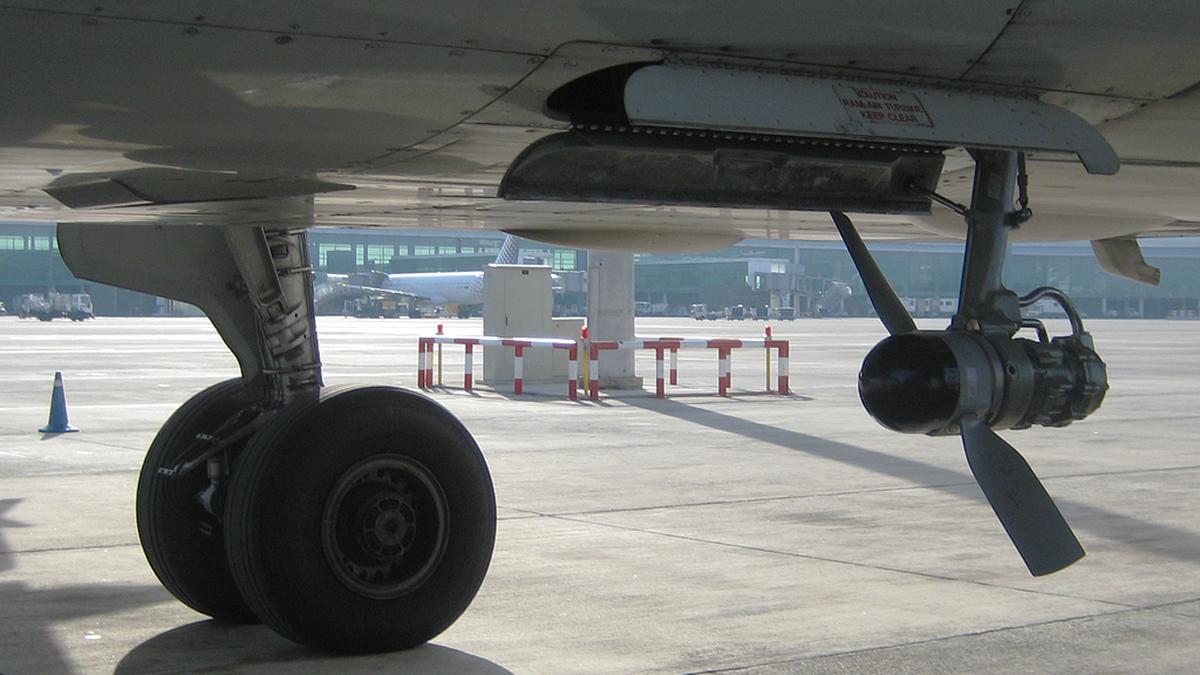Now Reading: Ahmedabad Air India Mishap: Understanding the Boeing 787-8 Fuel Switch Mechanism
-
01
Ahmedabad Air India Mishap: Understanding the Boeing 787-8 Fuel Switch Mechanism
Ahmedabad Air India Mishap: Understanding the Boeing 787-8 Fuel Switch Mechanism
Rapid Summary
- A Boeing 787-8 aircraft crash occurred in Ahmedabad, India, on June 13, 2025.
- Teh crash involved the critical fuel control switches located behind throttle levers in the aircraft’s cockpit.
- These switches regulate fuel flow to each engine and have two positions: RUN (fuel flows to the engine) and CUTOFF (fuel supply stops).
- The switches are equipped with a spring-loaded locking mechanism designed to prevent accidental activation. Moving them from RUN to CUTOFF requires deliberate action by the pilot.
- In flight, setting both switches to CUTOFF shuts down both engines, leading to significant loss of thrust and disabling critical electrical systems powered by engine-driven generators.
- Redundancies exist in wiring and power systems for these fuel switches; however, major software or electrical failures could close both fuel valves together.
- Aircraft systems attempt automatic relighting of an engine when a switch is moved back from CUTOFF to RUN but may not always restore full power effectively.
Indian Opinion Analysis
The Air India plane crash highlights risks associated with cockpit interface design and redundancy systems within modern aviation.While measures like locking mechanisms aim to prevent errors during operation, manual control remains vulnerable under high-stress conditions or procedural lapses. The redundant power system for fuel valves suggests engineering foresight regarding potential failures; though, scenarios where redundancies themselves fail warrant further scrutiny.
For India’s aviation sector-a rapidly growing industry-this accident underlines an urgent need for complete safety reviews of all operational procedures involving advanced aircraft models like Boeing 787. Investigation outcomes could prompt improved training protocols for pilots managing emergencies involving crucial controls such as fuel shutoff valves. scaling up safety standards domestically may also strengthen international perceptions about india’s airline industry growth trajectory.
For more details: Read full article
























